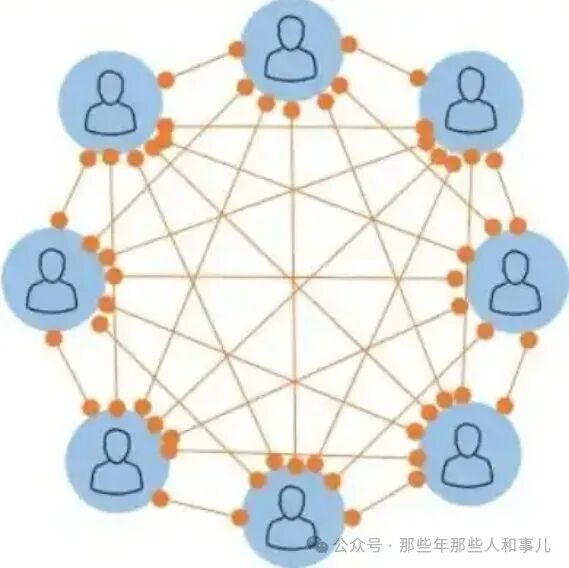In previous articles, we have completed discussions related to module testing. Starting from this section, we will introduce tests related to PACK, beginning with some knowledge about communication to lay the groundwork for subsequent chapters. In communication, we often encounter the term bus, such as address bus, data bus, control bus, etc. The English term for bus is bus, so let’s first look at the meaning of this word.

The explanation from Youdao translates it to a large bus, or public bus. But why do foreigners use this word to represent a bus in communication? Here’s my understanding.
A bus has many seats and can accommodate many passengers, each with different destinations, but they all share a common path. Similarly, a bus in communication can be shared by multiple nodes, where devices exchange information through the bus. This concept was first proposed by engineers at IBM and has been used ever since.
Including the busbar, which also has the meaning of aggregation.
So why do we need a bus?
In the early stages of communication, it was point-to-point communication, meaning one-to-one. For example, A communicates with B using one communication line, A communicates with C using another line, and B communicates with C using yet another line.

As the number of nodes increases, the number of communication lines increases geometrically. An increase in quantity means higher initial investment costs and a greater probability of issues arising later, which also increases maintenance costs, along with added weight.
C(n, 2) = n(n-1)/2 — where n is the number of nodes.
To reduce costs, the concept of a bus was designed, similar to a main road.
Classification of Buses
Common types include address bus, data bus, and control bus. For our upcoming tests, the relevant one is the data bus, such as CAN bus, LIN bus, ETH bus, and 232, 422, 485 buses, etc.